Anti-Aging Workout Tips for Ageless Vitality
Defying Time: Anti-Aging Workout Tips for Ageless Vitality

“Tick tock, mother f***er! You’re getting old! ” But fear not folks! Gone are the days when staying young meant splashing cold water on your face, eating your vegetables, and crossing your fingers. We’re living in the future now, and the secret to ageless vitality is no longer hidden in overpriced eye creams or mystical rituals. Grab your sneakers and prepare to sweat because science has spoken, and the best anti-aging workout is just a few heart-pumping exercises away! In this blog, we’ll dive into the fascinating world of telomeres (those tiny, mighty defenders of our DNA), reveal how exercise can help us maintain our youthfulness, and dish out the workout tips that’ll have you defying time like a pro. Ready to hit the pause button on the aging process? Let’s get moving!
The Science of Aging and Exercise
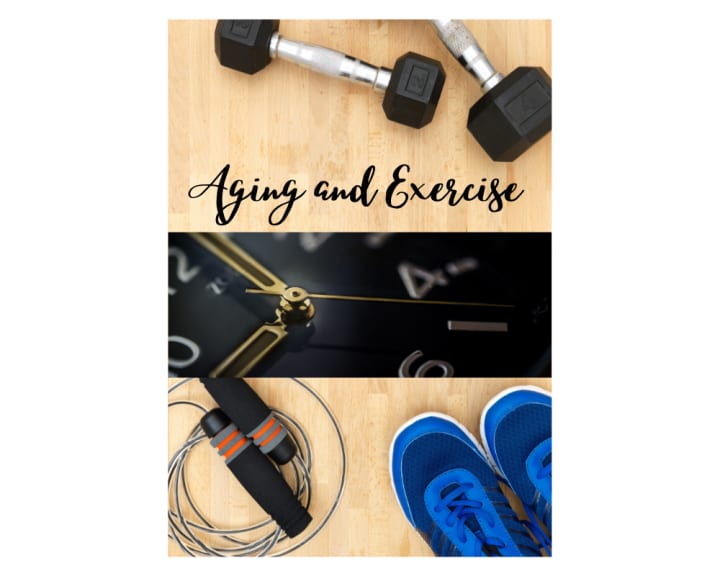
How exercise impacts the aging process
Exercise has been shown to have numerous health benefits, including improving heart health, increasing muscle mass, and promoting brain function. But did you know that regular exercise can also help slow down the aging process? Studies have shown that physically active individuals tend to have longer telomeres, the protective caps on the ends of our chromosomes. As we age, our telomeres naturally shorten, leading to cellular aging and an increased risk of age-related diseases. By engaging in regular exercise, we can preserve our telomeres and maintain a more youthful appearance.
The Role of Telomeres in Aging
Telomeres play a crucial role in maintaining the stability of our DNA. As we age, our telomeres shorten, leading to cellular dysfunction and an increased risk of age-related diseases, such as cardiovascular disease and cancer. Research has shown that individuals who exercise regularly tend to have longer telomeres, which may contribute to a more youthful appearance and a decreased risk of age-related diseases.
Check Out the Best Collagen Protein for Anti-Aging Here!
What are Telomeres?
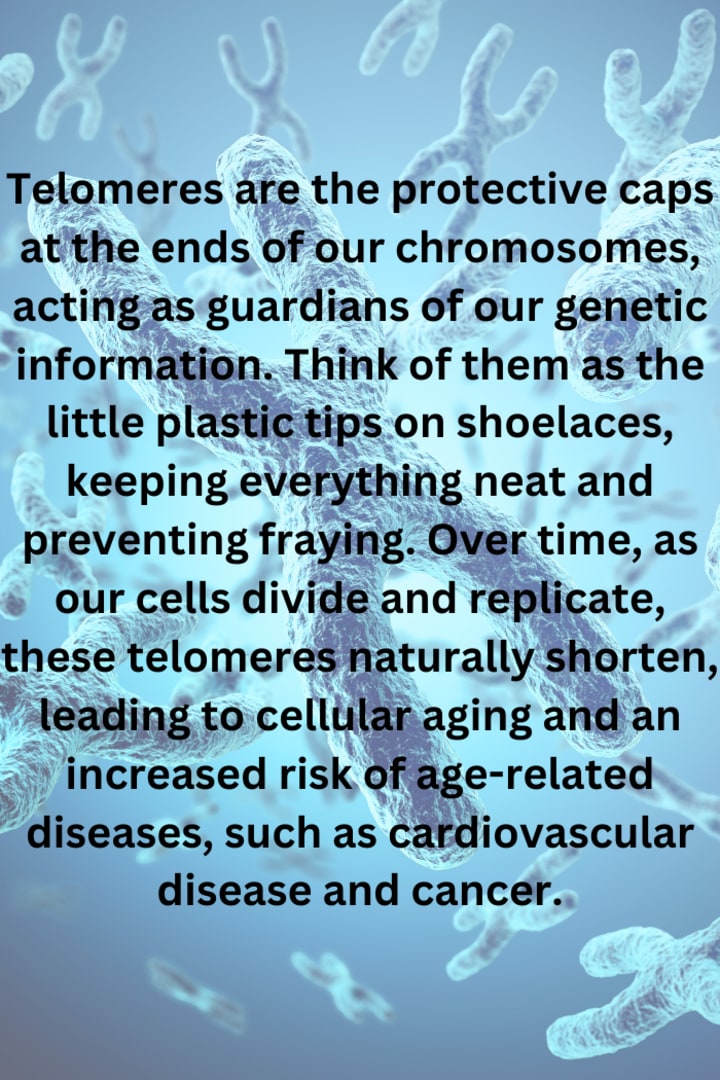
The good news is that certain lifestyle choices, like regular exercise and a healthy diet, can help slow down this shortening process, allowing us to maintain a youthful appearance and overall well-being. So, let’s give a round of applause to these tiny yet mighty defenders of our DNA!
Exercise Tips for a Youthful Body
Cardio Craze: Your Heart’s BFF
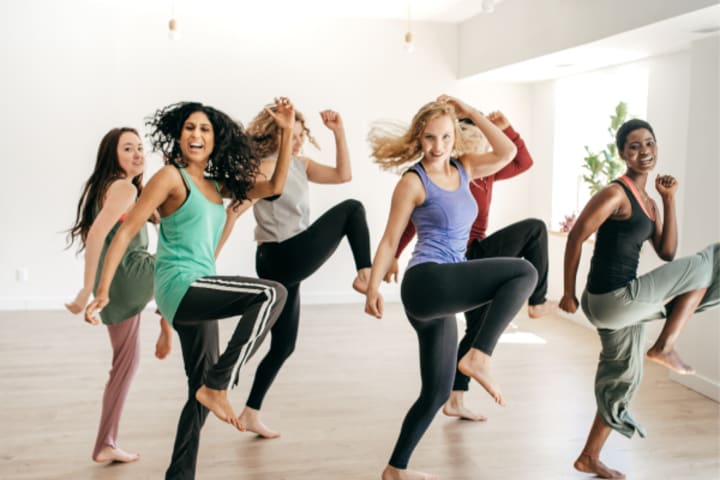
When it comes to anti-aging exercise, cardio is the life of the party. Not only does it keep your heart healthy and happy, but it also improves circulation and lung capacity, all while reducing the risk of age-related diseases. So, whether you’re a fan of walking, running, cycling, swimming, or busting a move on the dance floor, remember to include at least 150 minutes of moderate-intensity aerobic exercise or 75 minutes of vigorous-intensity HIIT exercise per week in your routine, as recommended by the American Heart Association. After all, your heart deserves some love too!
Types of cardiovascular exercises
There are several types of cardiovascular exercises to choose from, including:
- Walking
- Running
- Cycling
- Swimming
- Dancing
- HIIT Workouts
Choose activities you enjoy and aim to engage in at least 150 minutes of moderate-intensity aerobic exercise or 75 minutes of vigorous-intensity aerobic exercise per week, as the American Heart Association recommends.
Benefits of cardiovascular exercises
- Cardio exercise offers numerous benefits for maintaining a youthful appearance, such as:
- Improved circulation: Enhanced blood flow delivers essential nutrients and oxygen to your skin, promoting a radiant complexion.
- Increased lung capacity: Aerobic exercise strengthens your respiratory system, allowing you to breathe more efficiently.
- Reduced body fat: Regular cardio workouts help you maintain a healthy body weight, which can contribute to a more youthful appearance.
- Cardiovascular health can significantly reduce the chances of heart disease.
The Mighty Muscle Makers: Strength Training
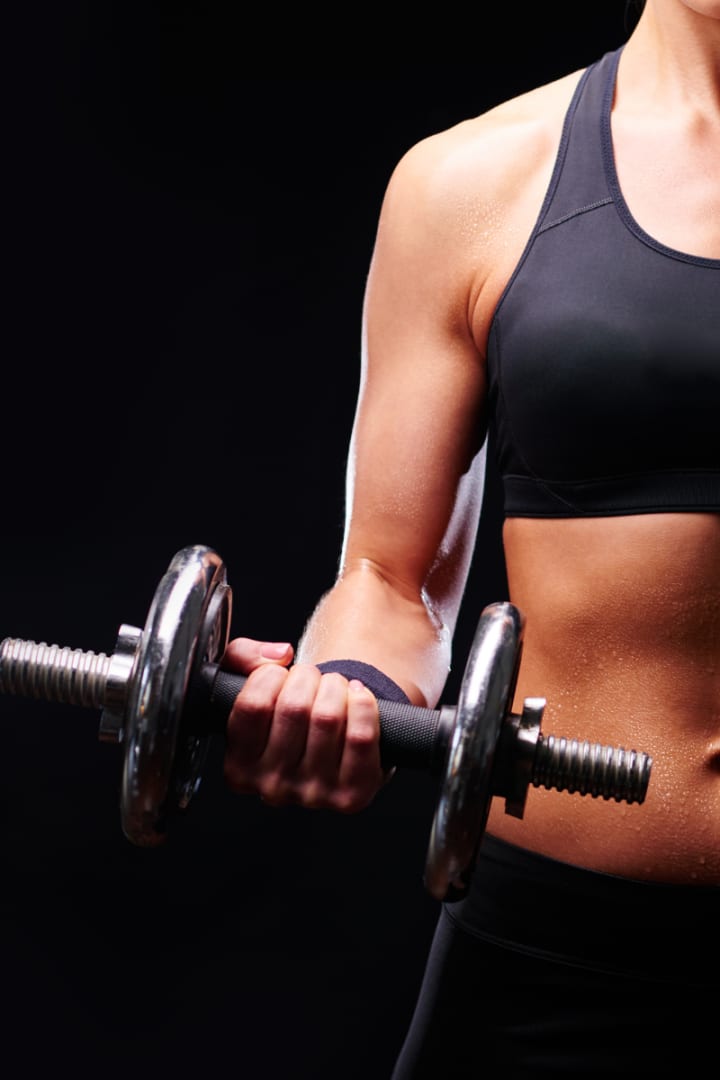
Strength or resistance training is the superhero of the anti-aging workout world. As we age, we naturally lose muscle, making us feel like our once-mighty selves slowly turn into human-shaped puddles. Fear not, my friends, because strength training is here to save the day! Incorporating bodyweight exercises, weightlifting, resistance bands, and machine-based exercises into your routine can help preserve muscle mass, improve overall body composition, and leave you feeling strong, toned, and youthful. Aim to include strength training exercises at least twice weekly, targeting all major muscle groups.
Types of strength training exercises
There are various types of strength training exercises, including:
- Bodyweight exercises: Push-ups, squats, and lunges
- Weightlifting: Using dumbbells, barbells, or kettlebells
- Resistance bands: Elastic bands that add resistance to your workout
- Machine-based exercises: Found in gyms and fitness centers
Aim to include strength training exercises at least two days per week, targeting all major muscle groups.
Benefits of strength training
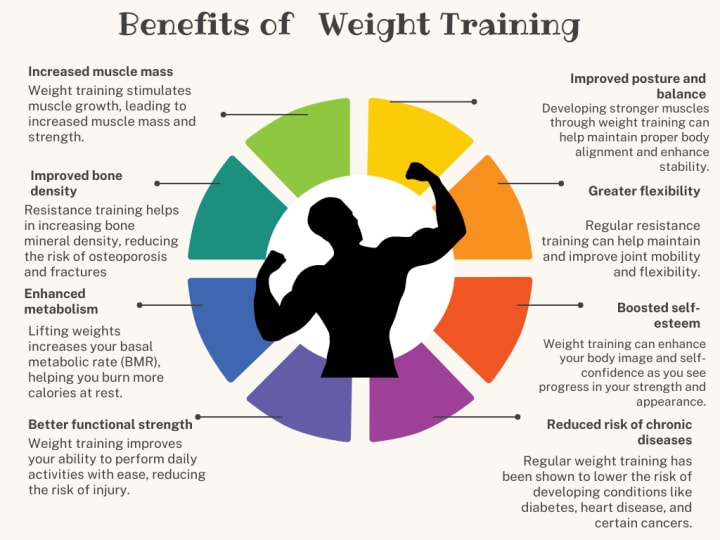
Strength training offers several benefits for a more youthful appearance, such as:
- Increased muscle mass: Preserving muscle mass can help you maintain a more toned and fit physique.
- Improved bone density: Resistance training helps to increase bone density, reducing the risk of osteoporosis and fractures.
- Enhanced metabolic rate: Building muscle boosts your metabolism, which can help you burn calories more efficiently and maintain healthy body weight.
Flexibility and Balance: The Unsung Heroes

As we grow older, our flexibility and balance might not be what they used to be, increasing the risk of falls and injuries. But don’t worry; flexibility and balance exercises are here to keep you limber and steady on your feet! Activities like yoga, Pilates, Tai Chi, stretching routines, and balance training exercises can help maintain joint health, mobility, and overall functional fitness. Strive to include these unsung heroes in your routine at least two to three times per week.
Types of Flexibility and balance exercises
Some examples of flexibility and balance exercises include:
- Yoga
- Pilates
- Tai Chi
- Stretching routines
- Balance training exercises, such as single-leg stands
Aim to include flexibility and balance exercises in your routine at least two to three times per week.
Benefits of flexibility and balance exercises
- The benefits of flexibility and balance exercises for a more youthful appearance include:
- Improved posture: A strong, flexible body can help you maintain proper posture, contributing to a more youthful appearance.
- Enhanced mobility: Regular flexibility and balance training can help you easily maintain your range of motion and perform daily tasks.
- Reduced risk of injury: Improved flexibility and balance can decrease your risk of falls and related injuries.
The Fabulous Finishing Touches: Lifestyle Tips for Youthful Living
To top off your age-defying journey, don’t forget the importance of nutrition, sleep, and stress management. Eating a balanced diet, getting plenty of high-quality sleep, and finding ways to manage stress will all contribute to a more youthful, vibrant you. These lifestyle factors work hand in hand with exercise, creating a perfect harmony that supports your anti-aging efforts.
Nutritional Know-How: Feed Your Youthfulness
As the saying goes, you are what you eat, and your diet plays a significant role in maintaining youthful vitality. Opt for a balanced, nutrient-dense diet rich in fruits, vegetables, whole grains, lean protein, and healthy fats. These nutrient powerhouses will fuel your workouts, support muscle growth and recovery, and provide essential vitamins and minerals to keep your skin glowing and your cells thriving.
19 Anti-Aging Foods That Will Make You Look Younger
Snooze to Win: The Power of Sleep
It’s called “beauty sleep” for a reason! Getting enough high-quality sleep is vital for overall health and well-being. While we snooze, our bodies undergo essential repair processes, including producing growth hormones that help maintain skin elasticity and promote muscle growth. Aim for 7-9 hours of sleep per night, and ensure your sleep environment is conducive to a good night’s rest (think cool, dark, and quiet).
Stress Less, Live More: The Importance of Stress Management
Chronic stress can take a toll on your body, accelerating aging and impacting your overall quality of life. Thankfully, engaging in regular physical activity is already a fantastic stress reliever! Consider incorporating mindfulness practices like meditation, deep breathing exercises, or journaling into your daily routine. These activities can help lower stress levels, promote relaxation, and support a more youthful, vibrant you.
The Role of “Hope Molecules” in Anti-Aging
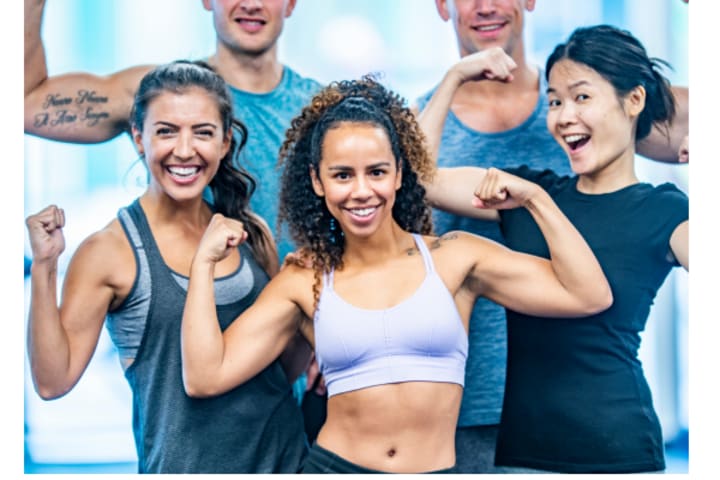
Myokines “Hope Molecules”
Recent research has focused on the role of “hope molecules” in the anti-aging process. These molecules, called Myokines, are proteins released when your muscles contract during exercise. Myokines are a significant topic of research because they have been shown to have anti-inflammatory, regenerative, and anti-aging effects on the body. Regular exercise, particularly high-intensity interval training (HIIT), helps increase the production of these hope molecules, contributing to a more youthful appearance. Research on myokines, the “hope molecules,” has garnered significant attention in the scientific community. Studies have shown that these powerful proteins, released during muscle contractions in exercise, are crucial in maintaining overall health and well-being.
The word “myokines” has its roots in the Greek language, where “myo-” means “muscle” and “kines” is derived from “kinesis,” meaning “movement” or “motion.”
The Mental Benefits of Exercise for Anti-Aging
While the physical benefits of exercise are apparent, it is essential not to overlook the mental benefits that can contribute to maintaining a youthful mind. Regular exercise can help reduce stress, boost mood, and improve cognitive function, all of which are crucial for a healthy aging process.
Reduced Stress and Anxiety
Exercise has been shown to help decrease stress and anxiety levels by releasing endorphins, natural mood elevators. These endorphins help combat the negative effects of stress on the body and promote relaxation, contributing to a more youthful appearance and improved mental well-being.
Enhanced Mood and Emotional Health
Regular physical activity can also help improve mood and emotional health by increasing the production of serotonin, a neurotransmitter that regulates mood, sleep, and appetite. A balanced serotonin level is essential for overall mental health and can contribute to a more youthful state of mind.
Improved Cognitive Function
Research has shown that regular exercise, particularly cardiovascular exercise, can improve cognitive function and reduce the risk of age-related cognitive decline. Exercise promotes brain health by increasing blood flow to the brain, stimulating the growth of new neurons, and improving the brain’s ability to adapt and change (neuroplasticity). By engaging in regular exercise, you can maintain a sharp mind and cognitive function as you age.
Embracing a Holistic Approach to Anti-Aging
The key to a successful anti-aging strategy is to adopt a holistic approach that encompasses both physical and mental well-being. You can maintain a youthful appearance and overall vitality by incorporating regular exercise, a balanced diet, adequate sleep, and effective stress management techniques into your daily routine.
Seek Professional Guidance
If you are new to exercise or unsure about the best anti-aging workout plan for your needs, consider consulting a certified personal trainer or a healthcare professional. They can help design a customized program tailored to your fitness level, preferences, and goals to ensure the best possible results.
Stay Consistent and Patient
Consistency is crucial for achieving and maintaining anti-aging benefits. It may take time to see visible results, but staying committed to your workout routine and making healthy lifestyle choices will reap the rewards of a more youthful body and mind.
Final Thoughts
While we cannot completely stop the aging process, we can take control of it by adopting healthy habits and engaging in regular exercise. By focusing on cardiovascular exercises, strength training, flexibility, and balance exercises, you can maintain a youthful-looking body and mind as you age. Embrace a holistic approach to anti-aging by incorporating a balanced diet, adequate sleep, stress management techniques, and professional guidance to ensure the best possible results. Remember, the key to success is consistency, patience, and enjoyment, so find activities you love and make them a part of your lifestyle.
FAQs
Q1: How often should I exercise for anti-aging benefits?
A: Aim for at least 150 minutes of moderate-intensity aerobic exercise or 75 minutes of vigorous-intensity aerobic exercise per week, strength training exercises at least two days per week, and flexibility and balance exercises two to three times per week.
Q2: Can I reverse the aging process with exercise?
A: While you cannot completely reverse the aging process, regular exercise can help slow it down and improve your overall health and appearance.
Q3: What are the best anti-aging exercises?
A: A combination of cardiovascular exercises, strength training, and flexibility and balance exercises is ideal for promoting a more youthful appearance. Choose activities you enjoy to ensure consistency and adherence.
Q4: How does nutrition play a role in maintaining a youthful appearance?
A: A balanced diet rich in essential nutrients can promote optimal skin health, energy, and overall well-being, contributing to a more youthful appearance.
Q5: How can I manage stress to maintain a younger-looking body?
A: Practice stress management techniques such as meditation, deep breathing exercises, and mindfulness to help combat the effects of stress on your body and appearance.
Related Articles
Pyrroloquinoline Quinone( PQQ) The ‘Hope Molecule’ for Anti-Aging
19 Anti-Aging Foods That Will Make You Look Younger
The Power of Men’s Skincare: Our Best Anti-Aging Cream for Men
How to Choose the Right Anti-Aging Products for Your Skin Type

About the Creator
Vance Papageorgio
Vitality Vance began as a side project, but now aims to share the best fitness and wellness products with others based on my personal journey of weight fluctuation. We all buy supplements. Im just here to guide you to the ones that work.


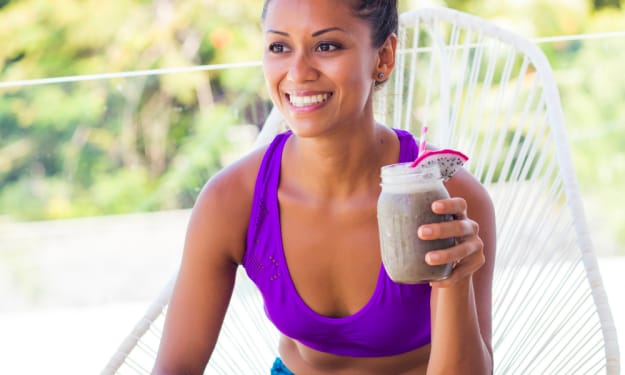



Comments
There are no comments for this story
Be the first to respond and start the conversation.